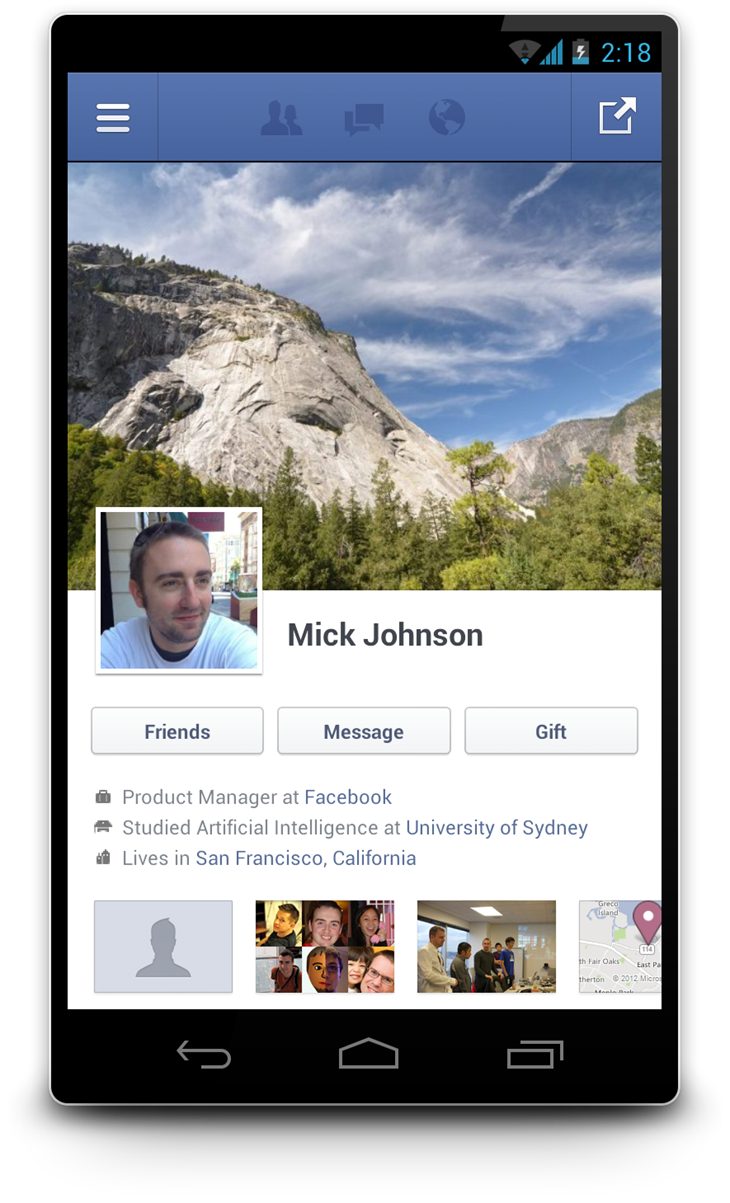
Most of us are familiar with the idea of streaming music and content on our phones, thanks to services like Spotify and Netflix.
We’re also fast becoming comfortable with the notion of game streaming too, thanks to Google Stadia.
But app streaming?
Well, that’s one of the use cases that Canonical’s new Anbox Cloud service is taking aim at.
Why? Who’s it for? How does it work? And where will it be supported?
For all those details and more, keep reading.
What is Anbox Cloud?
Anbox Cloud is a new “mobile cloud computing platform” from Canonical. Think of it as something akin to AWS, but with workloads running on a containerised Android guest platform rather than a traditional* Linux one.
The task of running an Android app or game is offloaded to the cloud (which potentially has access to far more compute power than a physical Android device). End users still get to ‘access’ the app it as though it was locally installed, i.e. by streaming it from the cloud.
This could potentially allow low-power devices to run high-performance tools that wouldn’t otherwise be available. And it could enable non-Android mobile OSes to “run” apps and games that aren’t natively available.
Canonical explains more in a blogpost announcement, writing:
“With Anbox Cloud, mobile applications can resort to boundless compute and storage capacity in the cloud. Graphics are streamed to clients running in any web browser, or wrapped into mobile or desktop applications.”
It’s an interesting idea, one that could usher in a new era of “applications-as-content”.
Who’s it for?
Now for the slightly less-exciting bit.
Anbox Cloud is a neat new technology but it is not being aimed at “end users” directly, rather ‘telecommunication providers’ (aka ‘telcos’).
Canonical say teclos can use the tech to “create disruptive mobile user experiences for their 4G, LTE and 5G mobile network customers”.
The tech runs on Ubuntu 18.04 LTS and LXD containers, leveraging some of Canonical’s other cloud tech too. And it’s not reliant on only ARM servers either. Canonical say Anbox Cloud is optimized for Intel-based x86 platforms .
Try it out today
If you happen to be a telecommunication operator who wants to try Anbox Cloud out first hand — though I can’t imagine anyone reading this is in that position — there’s an online Anbox Cloud demo that you can get ‘priority’ access to.
As for everyone else? Well, it’s not presently clear if the technology will be made available for use by non-telcos, businesses, developers, or community-based projects.
But it’s still a pretty exciting, innovative concept, don’t you think?
And it could prove to be a real game changer if, like Google Stadia, the “end user” experience is as frictionless as the marketing makes out.
*Yes, I know; Android is technically Linux too.
